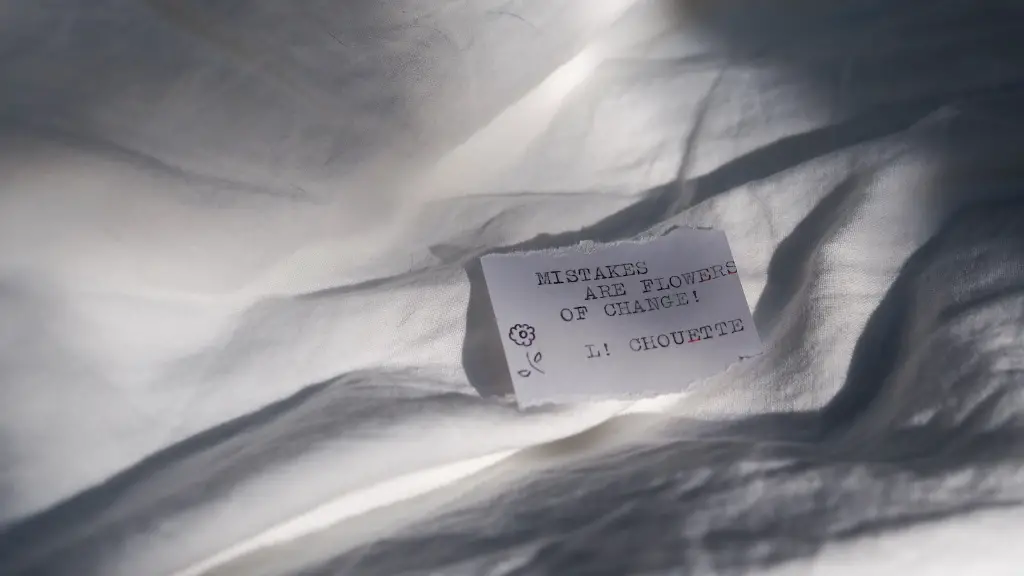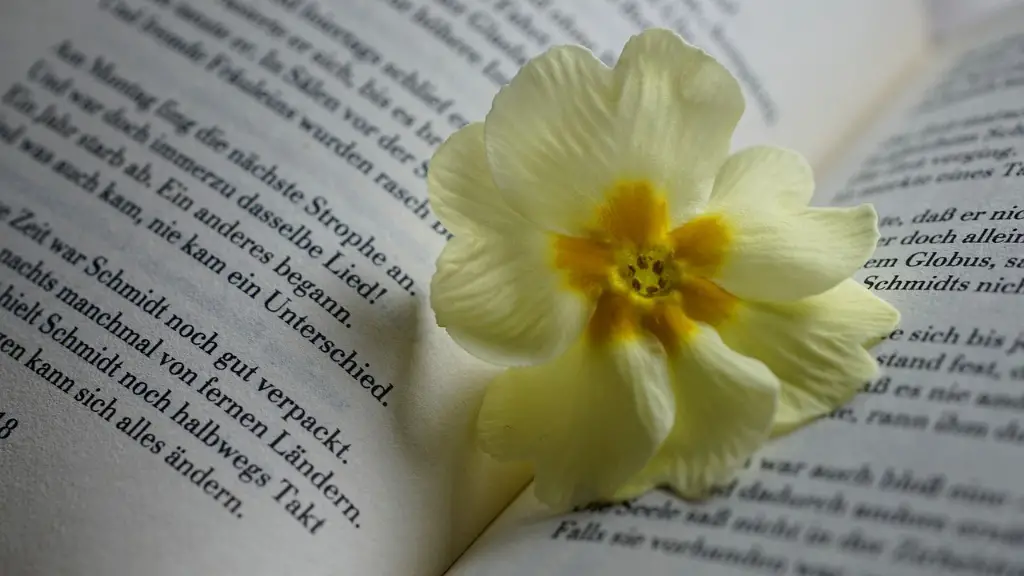What is Meter in Poetry?
Meter is a system that divides a line of poetry into metrical positions or metrical positions. These metrical positions are determined by the number of syllables present in the line of a poem, along with the accent placed on those syllables. There are a few types of meters used in poetry, like iambic, trochaic, and dactylic. Determining which meter is present in a poem can be difficult but is an important skill to understand if one wants to appreciate how words and sounds work together in a poem.
Identify the Foot
The first step in finding meter in a poem is to identify what type of foot is being used. A foot is a term which refers to a group of syllables which represent one unit of meter in a line of poetry. The most common feet used in poetry are iambs, trochees, dactyls, and anapests. To identify the foot of a poem, you must separate the syllables of the line and determine which syllables have the stress or accent when they are spoken. This will tell you what type of meter is being used.
Count the Feet in the Poem
Once you know the type of foot in your poem, you can count them. This can be done by counting every time the foot appears in the poem. To make this process easier, try highlighting the feet in the poem so they can be broken down more easily. This will help you track the number of feet in a line, as well as the number of feet in each stanza. This can help you identify the meter in the poem.
Determine the Meter
Once you have counted the feet in the poem, you can determine the meter of the poem. Meter is usually measured in terms of “base” and “feet.” Base is the number of feet in a line of poetry, and feet is the type of feet used in the line. So, if a poem is written in iambic pentameter, the base would be five (five feet in a line) and the feet would be iambs. If a poem uses alternating trochees and iambs, the base would still be five, but the feet would be both trochees and iambs.
Analyze the Specifics
The last step in determining the meter in a poem is to analyze the specific elements of each line. Look for shifts in meter or any unexpected accent or syllable used in the poem. These shifts can be used to create a unique feel in the poem, and once identified, they can be used to determine the meter of the poem.
Read the Poetry Out Loud
Reading a poem out loud can be a great way to identify the meter in a poem. This is because it is easier to determine the accent and syllables of a poem when it is read out loud. Once you have read the poem out loud and identified the meter, try using the same meter when proofreading and editing the poem. This will allow you to catch any errors and refine the meter of the poem.
Find Examples of Metered Poems
To help you identify the meter of a poem, it can be helpful to read examples of metered poems. Many poets use similar meters in their poems and reading their work can provide insight into different meters and how they are used. Once you know what type of meter is used in a poem, you can use it to create a similar meter in your own work.
Practice Writing Metered Poetry
Developing an understanding of meter in poetry requires practice. Try writing simple poems using different meters. This will help you understand how to write and use meter effectively in your own poems. As you practice, pay attention to the number of syllables, accents, and feet in your lines. This will help you develop a better understanding of meter and its role in poetry.
Learning the Theory of Meter
Although much of understanding meter can be gained through experience and practice, it can be beneficial to familiarize yourself with the concepts of metrical terminology. This can help you gain a better understanding of the foundational concepts behind meter and how they can be used in your poems.
Reading Widely
Finally, it can be helpful to read a wide variety of poems written in different meters. This can help you gain a better understanding of how different meters can create different emotions and effects in a poem. Reading widely also helps strengthen your understanding of different concepts of meter and how they can be used.


